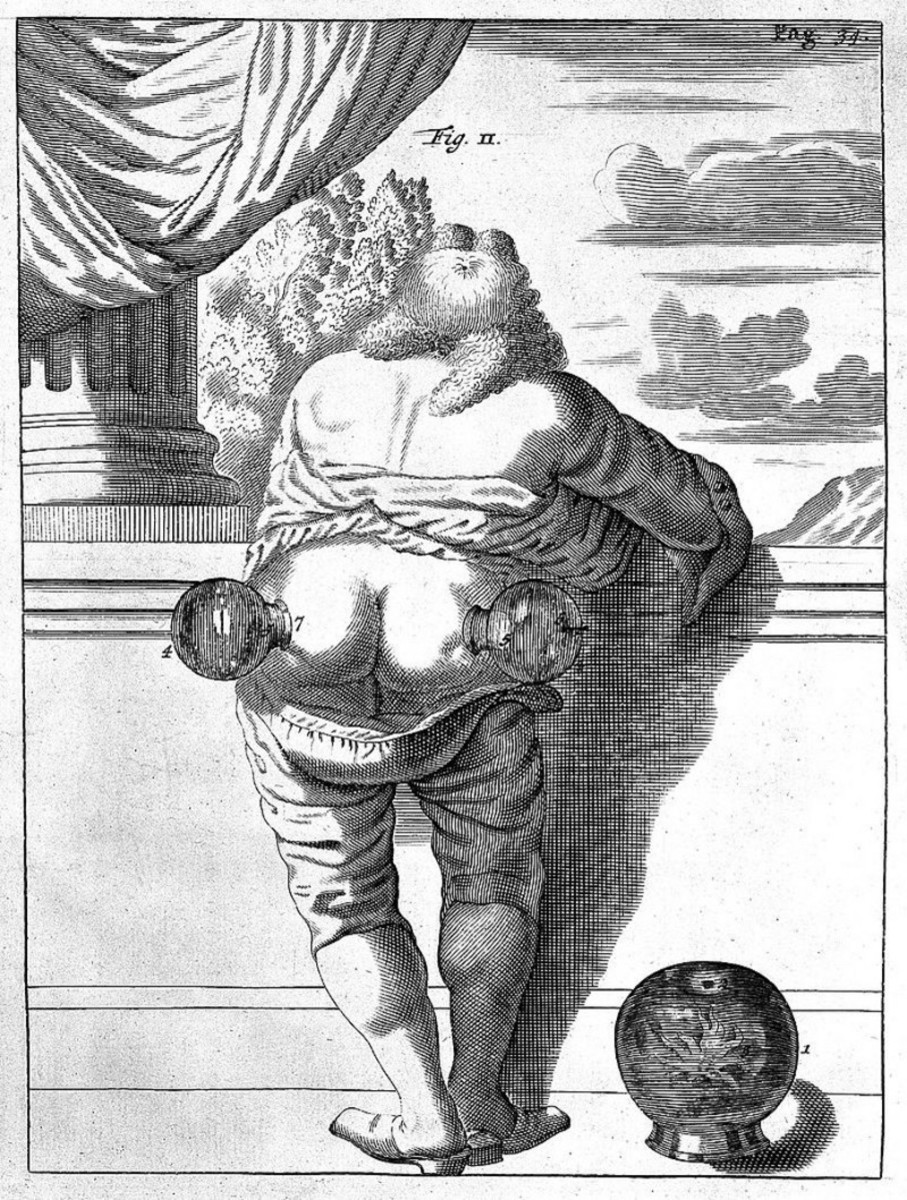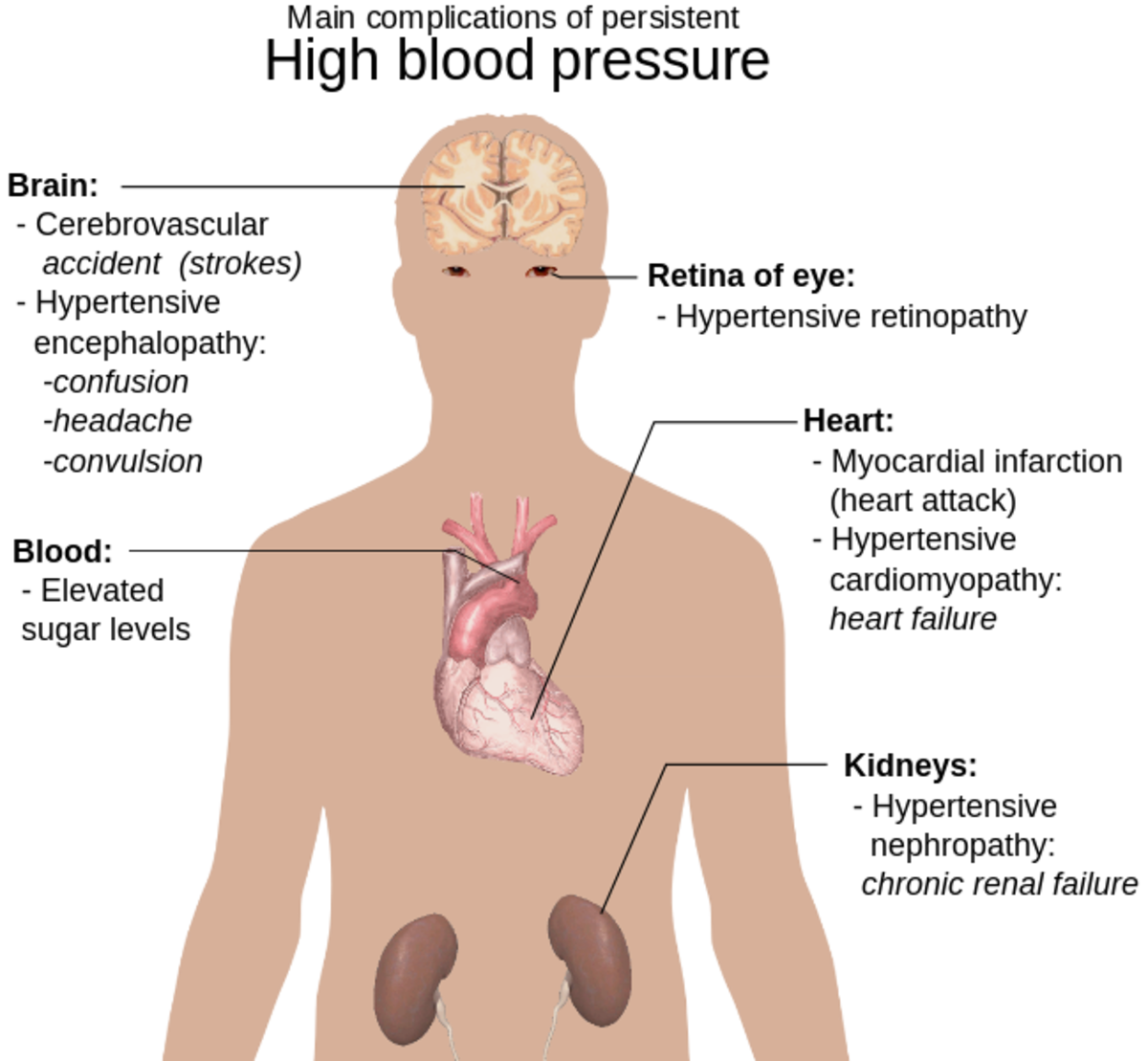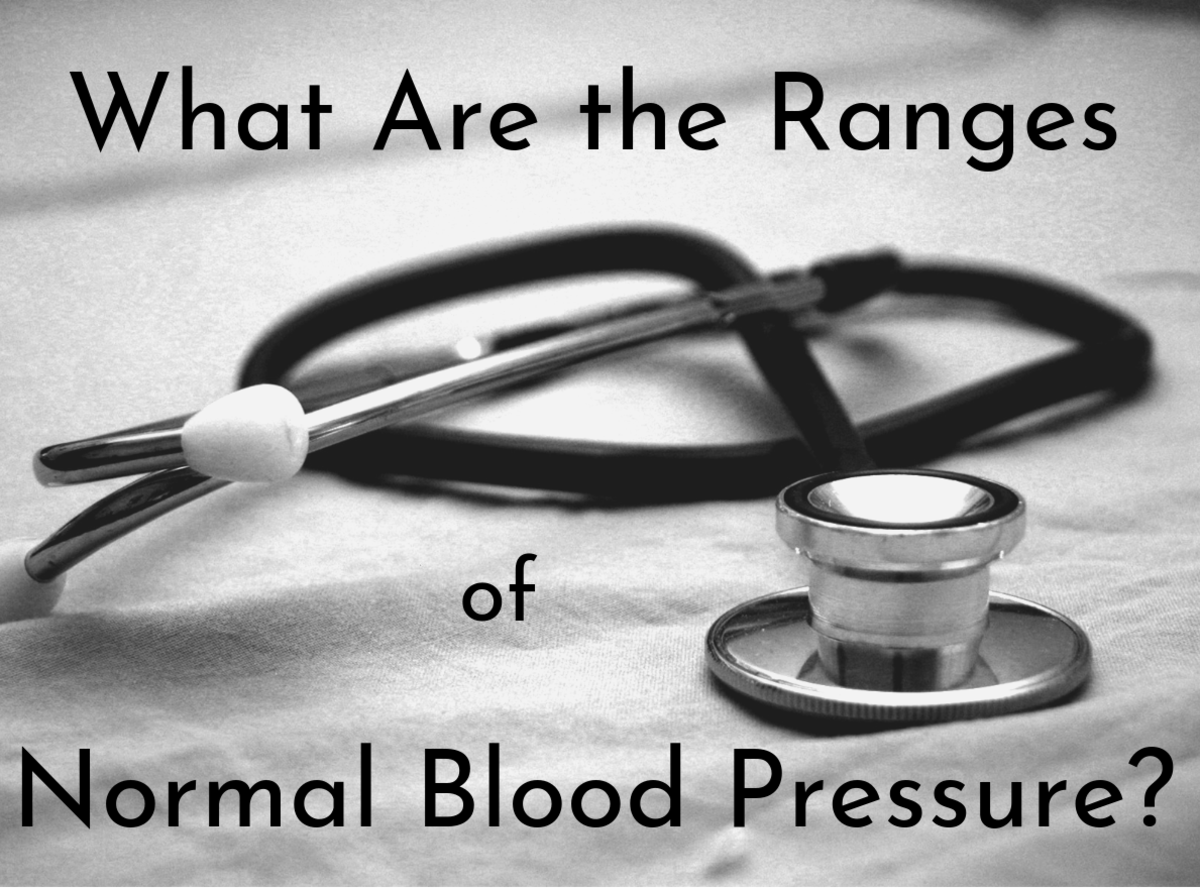Why We Need Traditional Medicine
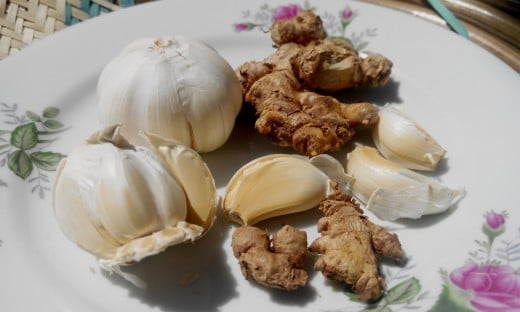
Modern lifestyle, like the use of fast foods, televisions, video games and auto mobiles is associated with many diseases that include hypertension, obesity, cancer, mental and emotional illnesses as well as addiction or dependence on prescription medicines such as pain killer (Mahapragya, 2014). Although modern medicine attempts to address these health problems, it is no secret that many of them still lack comprehensive medical cures. Many practitioners of traditional medicine testify to the effectiveness of natural remedies for some of these illnesses. It is my opinion therefore, that a return to traditional medicine be encouraged as discussed below;
Why Traditional Medicine
1. It Minimizes incidence of unwanted side effects
2. It is cost effective since most materials are naturally occurring
3. Most remedies are available with in our gardens or nearby plantations
4. May not require rigorous factory production
What is Traditional medicine?
Traditional medicine is defined by world health organization (WHO) as the knowledge skills and practices based on theories, beliefs and experiences indigenous to different cultural settings used in the treatment of physical and mental illnesses. Various communities have had natural remedies to disease since the beginning of history. People in these communities rely on natural techniques and herbs extracted from plants to treat illnesses and injuries.
The definition above indicates that WHO understands and recognizes the practice of traditional medicine and its benefits. This means therefore, that the idea of returning to traditional medicine is not as far-fetched as it might seem at first glance.

Benefits of traditional medicine
It greatly reduces the possibility of harmful side effects that are often associated with drugs manufactured through chemical preparations. This is largely because traditional medical practices are based on the use of natural materials usually in their raw form without need for excessive processing. Such materials include plants roots, stems and leaves.
An example is the use of hibiscus and coconut juice in the treatment of hypertension that has been recently backed by studies as a natural option in controlling high blood pressure. Hibiscus is known to have properties similar to angiotensin converting enzyme (ACE) inhibitors (Every day roots, 2014). ACE inhibitors are a common group of pharmaceutical drugs used to treat high blood pressure. They are associated with side effects such as renal impairment, angioedema, pancreatitis and gastrointestinal disorders like diarrhea (BNF, 2012). The use of hibiscus and coconut juice is however not known to be associated with side effects. It is worth noting that this lack of full information on hibiscus adverse effects can be attributed to lack of comprehensive studies about its use.
In addition, traditional medicine is cost effective because most treatments are obtained from nature. One of the biggest challenges of modern medicine is cost of treatment. Preparation of pharmaceutical drugs is a costly process and the cost of production affects the retail price of the drugs. This is a big problem especially in the developing world where majority of the population lives below the poverty line. The cost of treating diseases associated with modern life style such as diabetes and hypertension with main stream medicine is particularly high because of the duration of treatment. Yet the use of herbal alternatives could cut the overall cost by more than half, since most herbs are naturally occurring. Traditional medicine is therefore advantageous in treatment of chronic illnesses because of its low cost, but also more importantly because of the relatively low incidence of side effects.
Traditional medicine offers treatment options that can be locally available with in the home, garden or nearby shrubs and bushes. These medicines rarely require complex formulae and regimens as is the case with modern medicines which are a product of complex chemistry. All an individual requires is knowledge of the right herb for the correct disease. This has the advantage that one does not require any special skills to prepare or even administer the herbs and it makes self-preparation and self-administration possible. A return to this practice is therefore advisable because it can further reduce on the cost of medical care due to its potential to minimize unnecessary hospital visits which in Africa mean traveling long distances to health facilities to seek medical services.
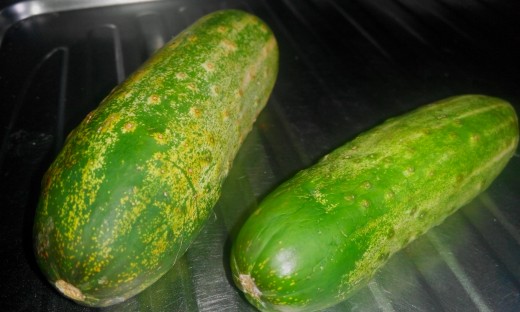
Traditional Medicine interface with Modern Medicine
Medicine has evolved with the changing world and has undergone various changes that constitute what we have today as “modern medicine/main stream medicine”. It has gone a long distance in addressing some of the problems brought about by modernity, but many diseases still lack cure. In addition it has also led to the widespread undermining of traditional medicine upon which our fore fathers thrived to promote individual and community health.
Advancement in technology is inevitable in the rapidly changing world and with it comes the relentless evolution of human life style in an attempt to suit the phenomenon of modernity. There is no doubt about the benefits of modern life style. Yet as we embrace it and its benefits, we cannot afford to ignore the numerous health problems accompanying it. Modern medicine with its numerous benefits as evidenced in various studies attempts to deal with these problems. Yet many illnesses still lack accurate cures.
For example, despite advance in specific care and therapy for diseases such as diabetes, HIV/AIDS, hypertension and cancer, many patients in Africa still suffer with distressing symptoms because of lack of a definitive cure (E-cancer medical science, 2014). This has led to development of approaches such as palliative care aimed at reliving symptoms.
Some people in various communities around the world openly claim to have found cures or at least less costly treatment options to the same diseases, using theories and knowledge developed with in those communities and passed onto generations through word of mouth.
In conclusion, traditional medicine should be given a chance. One of the major down sides and ultimately the source of the widespread skepticism around its practice is the lack of adequate scientific studies to provide the foundation upon which evidence based practice can be built in its implementation. Traditional medicine can no longer be viewed as a mere complement to modern medicine; rather it should be approached as an integral form of affordable dependable medical care. It is important for the scientific world to embrace and therefore integrate traditional medicine into modern practice because it has the potential to address some of the major challenges associated with modern life style including high cost of medical care. Studies should be made to identify the facts and myths with in the world of traditional medicine in order to facilitate evidence based integration and implementation.
Further Reading
A history of Medicine (2004) What is modern medicine?
Everyday roots (2014) Natural remedies to lower high blood pressure. Available at: everydayroots.com/high-blood-pressure-remedies. (Accessed 1st Oct, 2016)
E-cancer medical science (2014) Access to palliative care. Available at: ecancer.org/journal/search/latest.php. (Accessed 4th Oct, 2016)
The free dictionary (2016) Modern medicine. Available at: medical-dictionary.thefreedictionary.com/modern+medicine. (Accessed 30th Sept, 2016)
World Health Organization (2016) Essential medicine and health products: Traditional medicine, definitions.
© 2016 Ian Batanda

